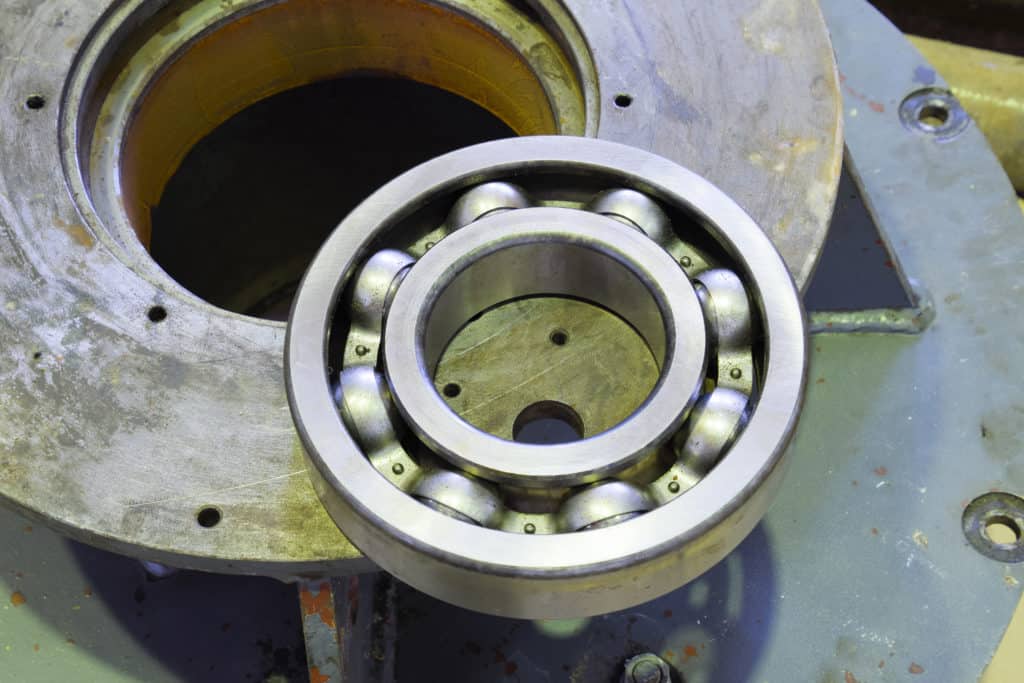When it comes to maintaining a bearing and maximizing its lifespan, internal clearance is an important factor to understand. If the clearance isn’t right, bearings will not perform efficiently and they will wear out more quickly.
What is Internal Clearance?
First, it pays to understand what internal clearance represents. In essence, it is the space within the bearing that allows a degree of movement among the bearing’s components as it comes under load. There are two general types of internal clearance to know:
- Radial Clearance – The space between the rolling elements and the outer ring, which allows components to move along the radius of the bearing.
- Axial Clearance – The space between the rolling elements and the outer edges of the bearing, which allows components to move along the axis of the shaft.
Internal clearance of both types is crucial to measure, monitor and maintain in order to keep the bearing functioning well over a long period of time. The amount of clearance ultimately influences the bearing’s load distribution. It also determines whether the rolling elements inside the bearing are moving by a sliding motion or a rolling motion. Last but not least, running noise and vibration are also affected by internal clearance.
The Importance of Internal Clearance
Most bearings are installed with an interference fit. When the fit is on the inner ring, it leads to expansion. When it is on the outer ring, it causes contraction. Either way, changes in the internal clearance can happen after the assembly process. As the unit is running, you want to make sure the bearing has a balanced operating temperature. The heat generation and the heat rejection of the system ideally should be balanced to minimize wear and tear on the bearing and other key operating components.
When there is a temperature difference, internal clearance changes can happen. This causes the bearing to operate under a more stressful load, which can lead to elastic deformation of the inner ring, outer ring or rolling elements. Calculating internal clearance is complex, so make sure to look up and and understand the equations for the following calculations:
- Measured Internal Clearance – Also known as “apparent clearance”, measures the elastic deformation caused by the measuring load.
- Theoretical Internal Clearance – The measured internal clearance minus the elastic deformation, also referred to as the bearing’s radial internal clearance.
- Residual Internal Clearance – Clearance of the bearing after it is mounted on a shaft within a housing.
- Effective Internal Clearance – Bearing clearance within a machine when at operating temperature.
- Operating Clearance – The actual clearance of a bearing after it is installed and running under load.
The important thing to understand is how critical internal clearance is to bearing life. When you calculate the measurements and maintain equipment correctly, you will get better system performance and your bearings will last longer. This means less downtime and more productivity for your operation.
To learn more about bearing selection, installation and maintenance, contact Cortech today and get the most out of your pump systems.

